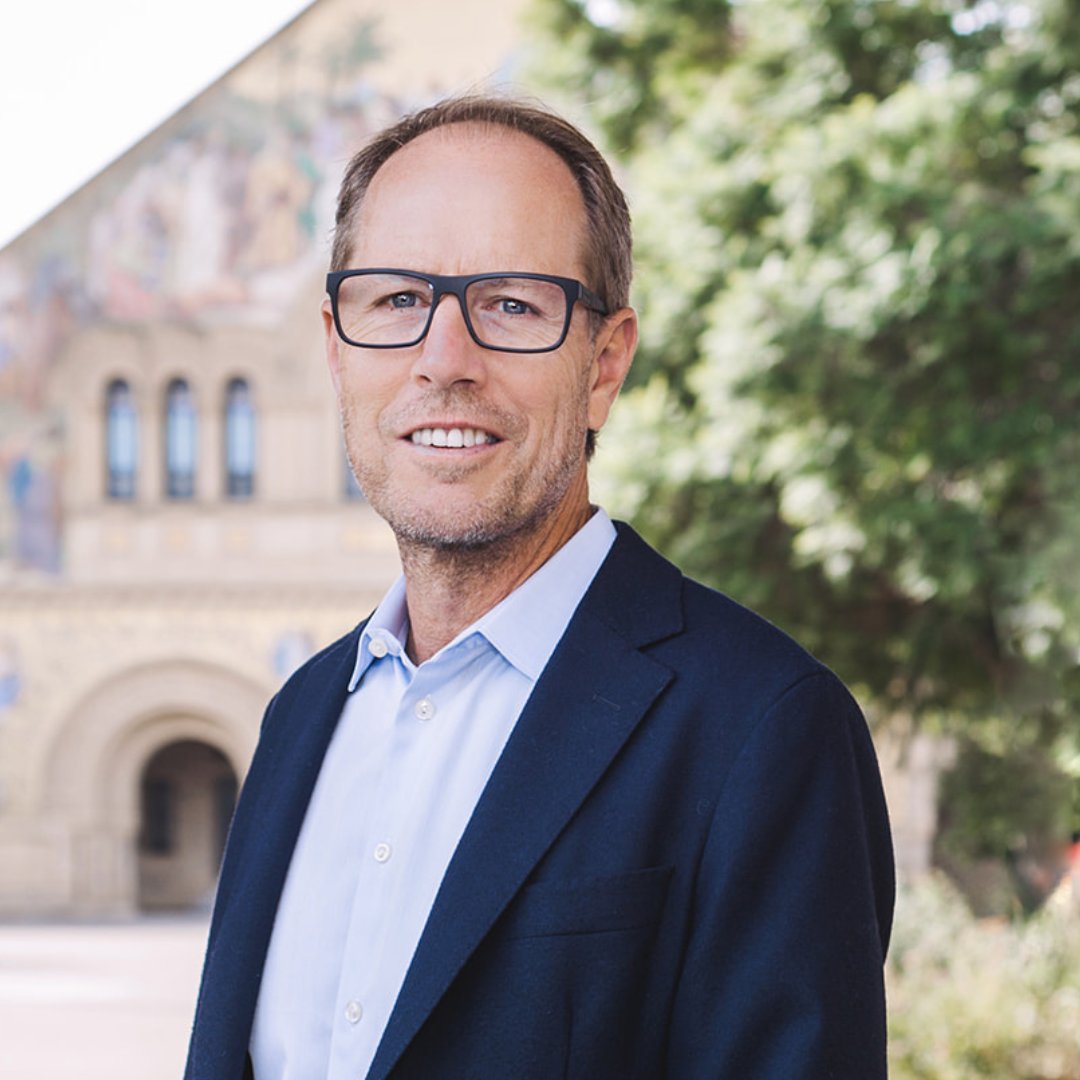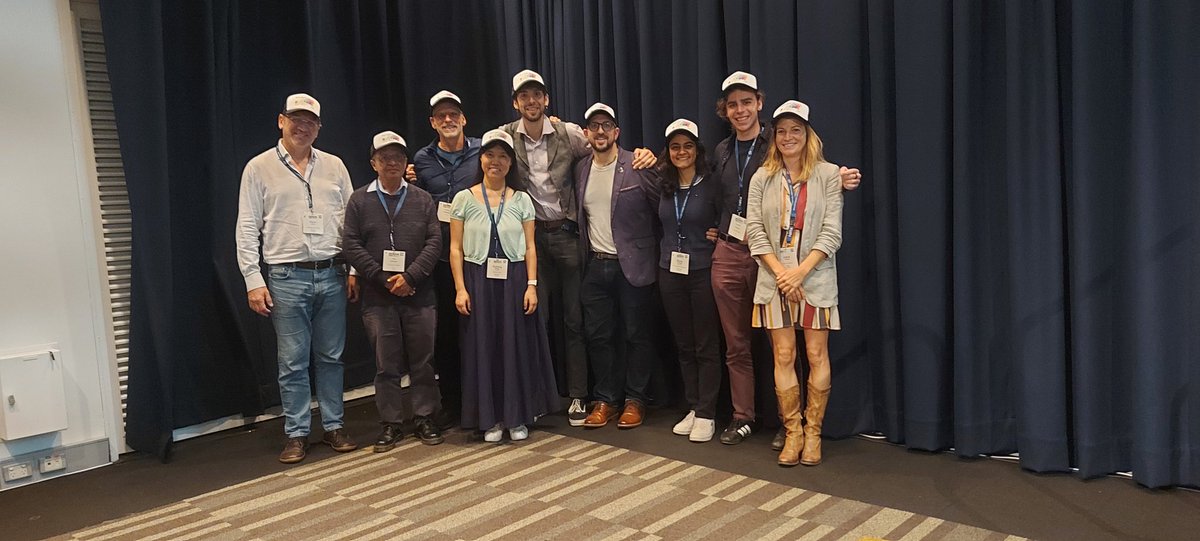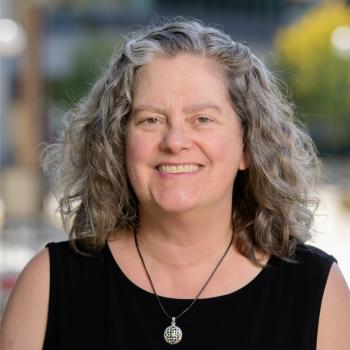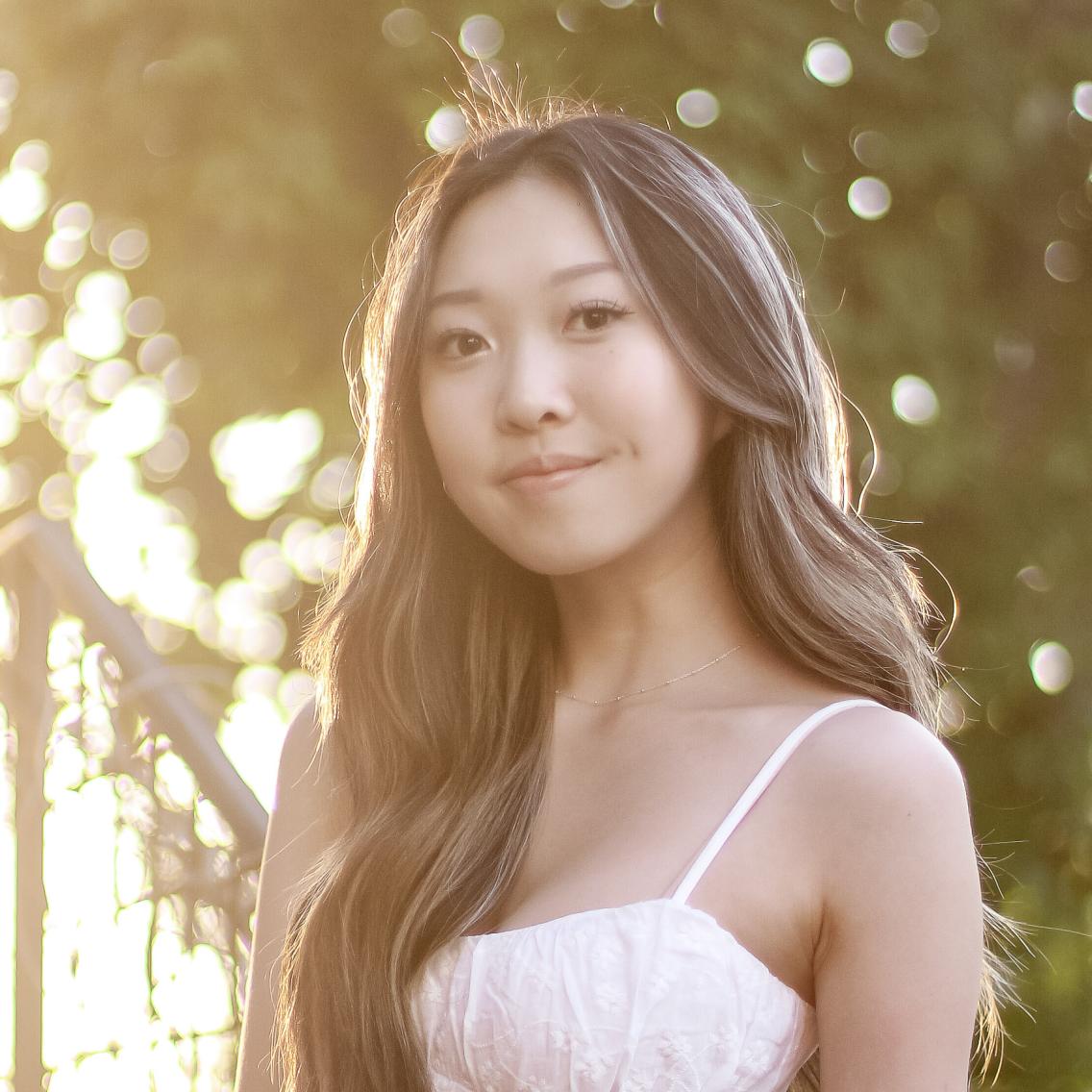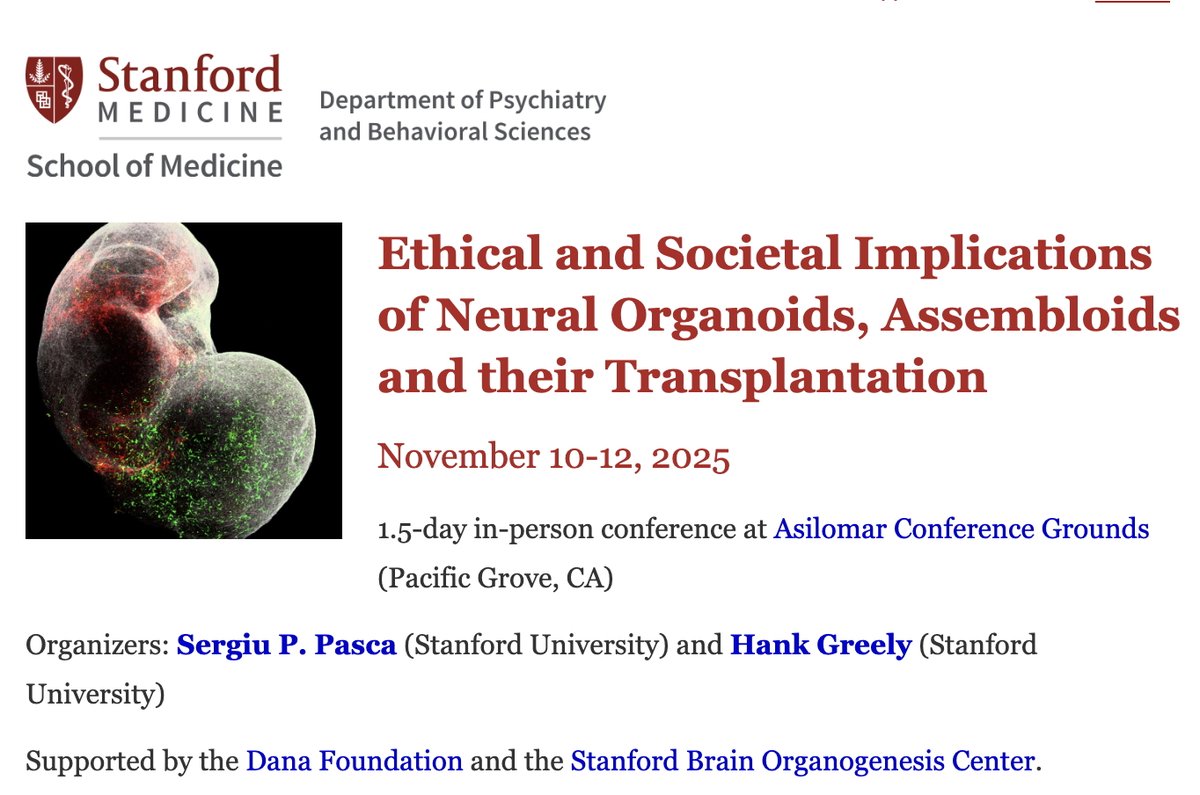
Wu Tsai Neurosciences Institute
@stanfordbrain
Official feed of @Stanford Wu Tsai Neurosciences Institute. Unlocking the mysteries of brain and behavior through cross-disciplinary research.
ID: 1955771269
https://neuroscience.stanford.edu/ 12-10-2013 04:40:14
4,4K Tweet
10,10K Followers
389 Following


Stanford research helped expand our understanding of myelin—once seen as static insulation, now linked to learning, memory, and disease. Learn how work from Michelle Monje🎗️ 🟦, Erin Gibson, ZucheroLab, Ben Barres, and others continues to shape the field. neuroscience.stanford.edu/news/understan…

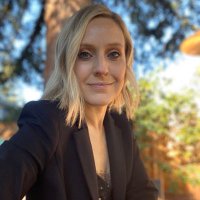

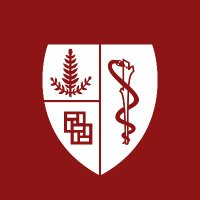
Why do some aging brains recover quickly from the stress of major surgery—while others enter a slow cognitive decline? Dr. Martin Angst shares compelling insights from his research on brain resilience and surgical recovery. bit.ly/4k7DvFf Wu Tsai Neurosciences Institute
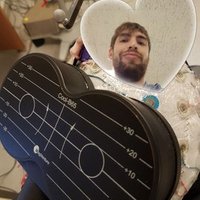

Meet Jaemon Jumpawong, a 2025 NeURO Fellow! In the Russ Poldrack Lab, Jaemon is analyzing brain activity tied to self-control & decision-making. A symbolic systems major with a focus on neuroscience, he is excited to explore how biological systems shape our thoughts & behaviors.



Why do some older adults remember better than others, even when equally healthy? A new Knight-supported study led by Jintao Sheng & Anthony Wagner shows 2 distinct pathways that shape memory in aging: 🧠Early Alzheimer’s tau 🧠Moment-to-moment attention brainresilience.stanford.edu/news/two-roads…



We’re excited to share our new preprint from the lab! PhD student Allison Morningstar investigated how Early Life Stress shapes sex-specific vulnerability to alcohol behavioral sensitivity, alcohol drinking, and alcohol's effects on social behaviors: biorxiv.org/content/10.110…



Introducing Melody Dailey, a 2025 NeURO Fellow! This summer, Melody is studying how neuropeptides shape parent-offspring interactions in the Lauren O'Connell lab. Her research explores how brain chemistry influences maternal and paternal behaviors during early development.

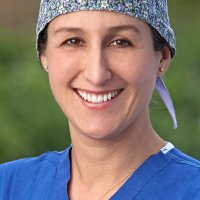
Congrats Ms. Ayushi Mohanty on receiving the Wu Tsai Neurosciences Institute Neuro Fellowship! Grateful for this support as she advances her brain tumor research. #BrainResearch #Neuroscience #Stanford

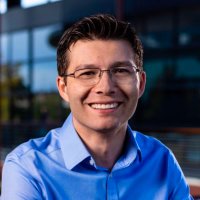
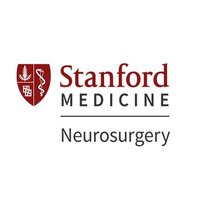


“We’ve developed a blood-based indicator of the age of your organs,” said Tony Tony Wyss-Coray. “With this indicator, we can assess the age of an organ today & predict the odds of your getting a disease associated with that organ 10 years later.” Read more: med.stanford.edu/news/all-news/…
